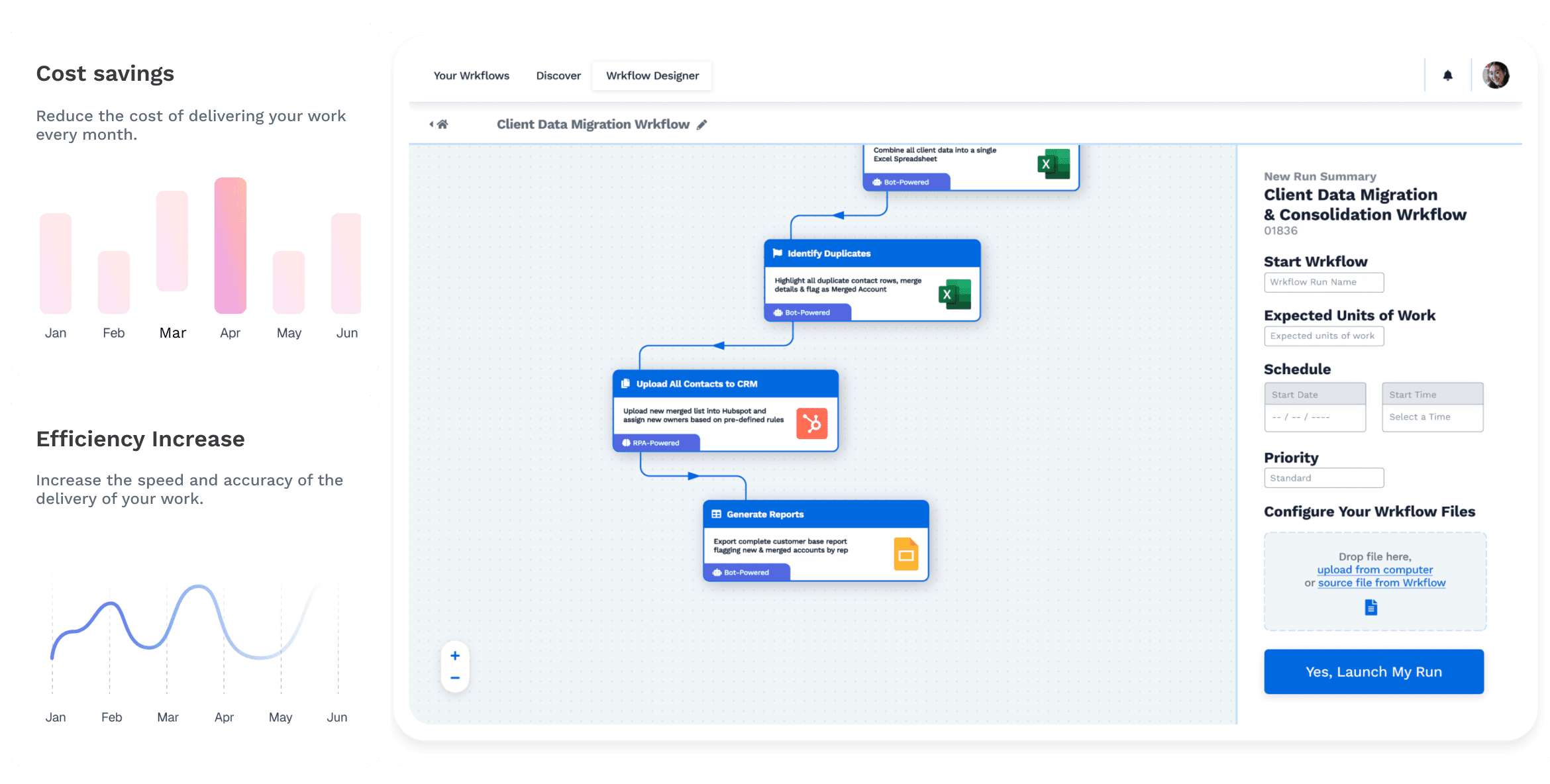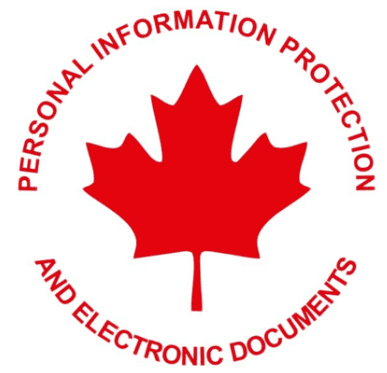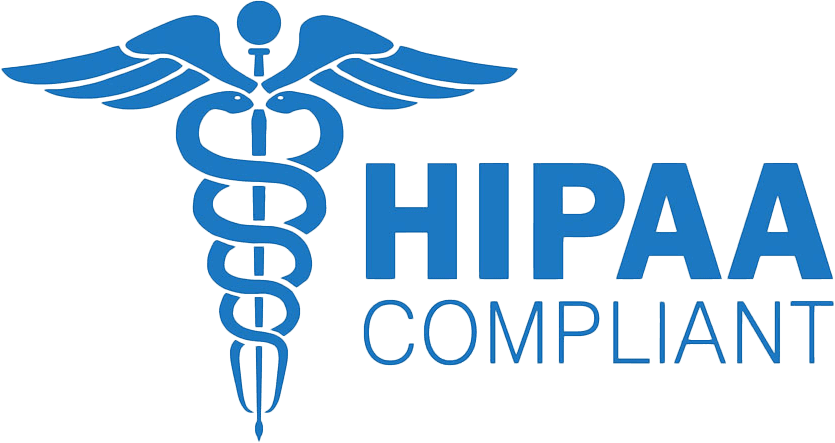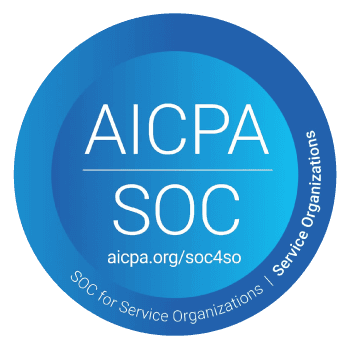Publish Date
2023-08-31
Success is often defined by the quality of leads you acquire. High-quality B2B leads can significantly impact your business growth by increasing conversion rates, boosting revenue, and fostering lasting partnerships. To achieve this, it's essential to follow a well-structured approach that combines understanding your target audience, crafting compelling value propositions, creating valuable content, and implementing effective lead-generation strategies. In this blog, we discuss these crucial steps to help you master the art of acquiring high-quality B2B leads.
Understanding Your Target Audience
Before diving into lead generation tactics, you must gain a deep understanding of your target audience. Start by defining your ideal customer profile (ICP) : the characteristics that make up your best-fit customers. Identify their pain points, challenges, and needs, and conduct thorough market research to gather insights about their behaviour and preferences. By creating detailed buyer personas, you can tailor your approach, messaging, and solutions to resonate with the specific needs of your audience.
Developing a Compelling Value Proposition
A compelling value proposition is the foundation of successful lead acquisition. Clearly articulate the unique value your product or service offers to potential clients. Align your value proposition with your identified pain points, demonstrating how your solution can address their challenges. Moreover, focus on differentiating your offering from competitors by showcasing what sets you apart. A concise and persuasive value proposition statement can captivate the attention of your target audience and create a strong initial connection.
Creating High-Quality Content
Content remains a powerful tool for attracting and engaging B2B leads. Develop informative and relevant content that speaks directly to the needs of your audience. Utilize various formats such as blog posts, whitepapers, ebooks, and videos to cater to different preferences. Implementing SEO techniques will enhance your online visibility, making it easier for potential leads to discover your content. Providing actionable insights positions your business as an industry expert and adds value to your audience's professional journey.
Implementing Effective Lead Generation Channels
Leverage a diverse range of lead generation channels to expand your reach and engage potential clients. Social media platforms provide a space for targeted outreach, while paid advertising campaigns on platforms like Google Ads and LinkedIn Ads allow you to target your ideal audience precisely. Email marketing remains a staple, allowing you to share valuable content and nurture leads over time. Hosting webinars, workshops, or virtual events can position your brand as an industry thought leader. Collaborating with influencers adds a layer of credibility to your lead-generation efforts.
Developing a Lead Capture Strategy
An effective lead capture strategy involves designing compelling landing pages with clear call-to-actions (CTAs) that guide visitors toward providing their information. Lead magnets, such as free ebooks or templates, incentivize sign-ups by offering valuable resources in exchange for contact details. Regularly conduct A/B testing on your landing pages to optimize their performance and conversion rates. Additionally, ensuring that your landing pages are user-friendly and mobile-responsive is essential for a seamless user experience.
Utilizing Marketing Automation and CRM Tools
Marketing automation and Customer Relationship Management (CRM) tools are indispensable for managing and nurturing leads effectively. Marketing automation helps you send targeted content to leads at various stages of the buyer's journey, automating the lead nurturing process. By segmenting leads based on their behaviour and engagement, you can tailor your communication to their specific interests. Integrating a CRM system streamlines lead management, ensuring that no opportunity falls through the cracks.
Qualifying and Prioritizing Leads
Not all leads are created equal. Develop a lead scoring system that evaluates leads based on demographic information, engagement level, and behaviour. This scoring system helps you categorize leads into hot, warm, and cold categories, allowing your sales team to focus on the most promising prospects. Timely follow-up with high-priority leads increases the chances of conversion.
Nurturing and Cultivating Relationships
Lead acquisition continues once contact information is obtained. Implement a lead nurturing campaign that continues to provide value to your leads. Share relevant content, insights, and resources to maintain engagement and build trust. Personalize your follow-up emails based on lead interactions to create a sense of individual attention. Strive to establish a relationship beyond the transactional, fostering a sense of partnership and understanding.
Analyzing and Optimizing Lead Generation Strategies
Constantly monitor key performance indicators (KPIs) such as conversion rates, click-through rates, and engagement metrics. This data will guide your decisions as you analyze the effectiveness of different lead-generation channels. Conduct A/B tests to optimize various elements of your lead generation campaigns, including headlines, CTAs, and imagery. Adapt your strategies based on data-driven insights to continually refine your approach.
Final Say
Acquiring high-quality B2B leads requires a strategic and comprehensive approach that encompasses understanding your audience, crafting compelling messaging, leveraging various lead generation channels, and continuously optimizing your efforts. By following these steps and committing to ongoing improvement, your business can forge meaningful connections with potential clients, driving growth and success in the competitive B2B landscape.
Start Automating with Wrk
Kickstart your automation journey with the Wrk all-in-one automation platform









